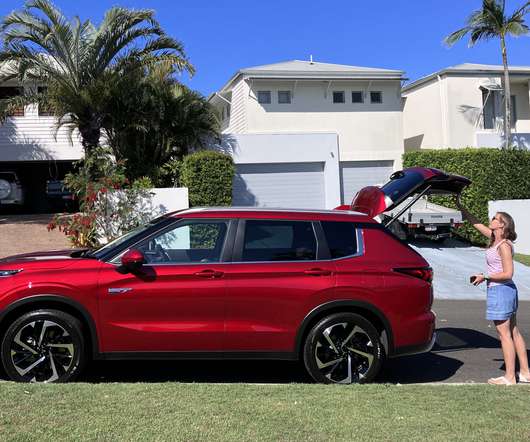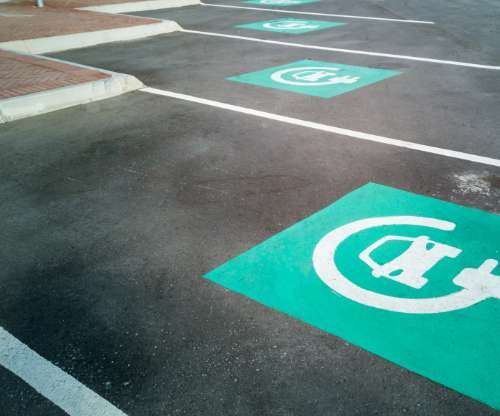Royal Academy of Engineering Report Says EV Success Depends on Low-Carbon Electricity, Universal Broadband Provision and Smart Grids
Green Car Congress
MAY 26, 2010
The introduction of electric vehicles on a large scale in the UK can only have a beneficial effect on CO 2 emissions if low-carbon electricity, universal broadband provision and smart grids are in place to support the transition, according to a new report published by the UK Royal Academy of Engineering.

















Let's personalize your content